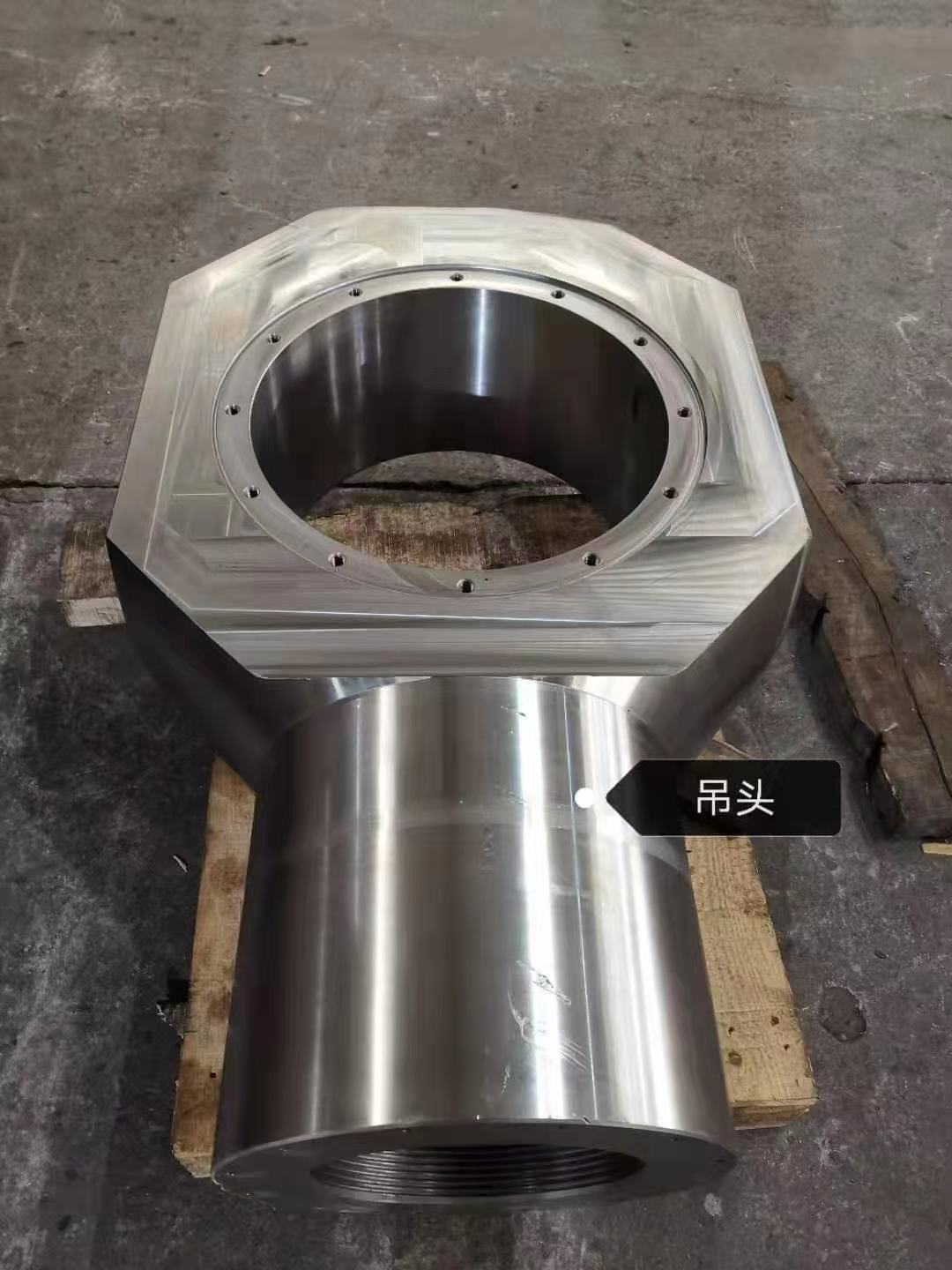How to ensure that the forging quality meets the technical standards?
2022-09-29
The existence of forging defects, some will affect the follow-up process processing quality or processing quality, and some will seriously affect the performance and use of forging, and even greatly reduce the service life of manufactured products, endanger safety. So in order to guarantee and improve the quality of forgings, in addition to strengthen the quality control in the process, take corresponding measures to prevent the generation of forging defects, should also be the necessary quality inspection, to prevent with the downstream processes (e.g., heat treatment, surface treatment, cold working) and use the defect of bad influences on the performance of forging into the subsequent working procedure. After quality inspection, remedial measures can be taken to the forgings according to the nature of the defects and the degree of affecting the use of the forgings to make them meet the technical standards or requirements of use.
Therefore, forgings quality inspection in a sense, on the one hand is the quality control of forgings, on the other hand is to point out the improvement direction of forging process, so as to ensure that the quality of forgings meet the requirements of forging technical standards, and meet the requirements of design, processing, use.
The forging process generally consists of the following steps: blanking, heating, forming, cooling after forging, pickling and heat treatment after forging. If the forging process is not proper, it can produce a series of forging defects.
The heating process includes furnace loading temperature, heating temperature, heating speed, holding time, furnace gas composition, etc. If the heating is improper, such as the heating temperature is too high and the heating time is too low, it will cause defects such as decarbonization, overheating and overfiring.
For the billet with large section size, poor thermal conductivity and low plasticity, if the heating speed is too fast and the holding time is too short, the temperature distribution is often uneven, causing thermal stress and cracking of the billet.
Forging forming process includes deformation mode, deformation degree, deformation temperature, deformation speed, stress state, the situation of the die and lubrication conditions, etc. If the forming process is improper, it may cause coarse grain, grain heterogeneity, various cracks, folding, flow, eddy current, cast structure residue, etc.
In the cooling process after forging, if the process is not proper, it may cause cooling cracks, white spots, mesh carbide and so on. These several forging process, forging in the processing should pay special attention to, so as to better guarantee the quality of forging.
Many forgings can crack for a variety of reasons. First of all, the forgings are directly caused by external forces. Such as bending, straightening, upsetting, reaming, torsion and other processing procedures will produce cracks.
Improve the surface finish of the forging die, use appropriate lubricant to reduce the friction between the workpiece and the tool, or use soft cushion deformation first to produce strong meridional flow, so that the deformation is as uniform as possible.
Therefore, forgings quality inspection in a sense, on the one hand is the quality control of forgings, on the other hand is to point out the improvement direction of forging process, so as to ensure that the quality of forgings meet the requirements of forging technical standards, and meet the requirements of design, processing, use.
The forging process generally consists of the following steps: blanking, heating, forming, cooling after forging, pickling and heat treatment after forging. If the forging process is not proper, it can produce a series of forging defects.
The heating process includes furnace loading temperature, heating temperature, heating speed, holding time, furnace gas composition, etc. If the heating is improper, such as the heating temperature is too high and the heating time is too low, it will cause defects such as decarbonization, overheating and overfiring.
For the billet with large section size, poor thermal conductivity and low plasticity, if the heating speed is too fast and the holding time is too short, the temperature distribution is often uneven, causing thermal stress and cracking of the billet.
Forging forming process includes deformation mode, deformation degree, deformation temperature, deformation speed, stress state, the situation of the die and lubrication conditions, etc. If the forming process is improper, it may cause coarse grain, grain heterogeneity, various cracks, folding, flow, eddy current, cast structure residue, etc.
In the cooling process after forging, if the process is not proper, it may cause cooling cracks, white spots, mesh carbide and so on. These several forging process, forging in the processing should pay special attention to, so as to better guarantee the quality of forging.
Many forgings can crack for a variety of reasons. First of all, the forgings are directly caused by external forces. Such as bending, straightening, upsetting, reaming, torsion and other processing procedures will produce cracks.
Improve the surface finish of the forging die, use appropriate lubricant to reduce the friction between the workpiece and the tool, or use soft cushion deformation first to produce strong meridional flow, so that the deformation is as uniform as possible.
Then there are the cracks in the forgings caused by additional and residual stresses. When the additional stress and residual stress exceed the limit of material strength, cracks will occur.

X
We use cookies to offer you a better browsing experience, analyze site traffic and personalize content. By using this site, you agree to our use of cookies.
Privacy Policy



